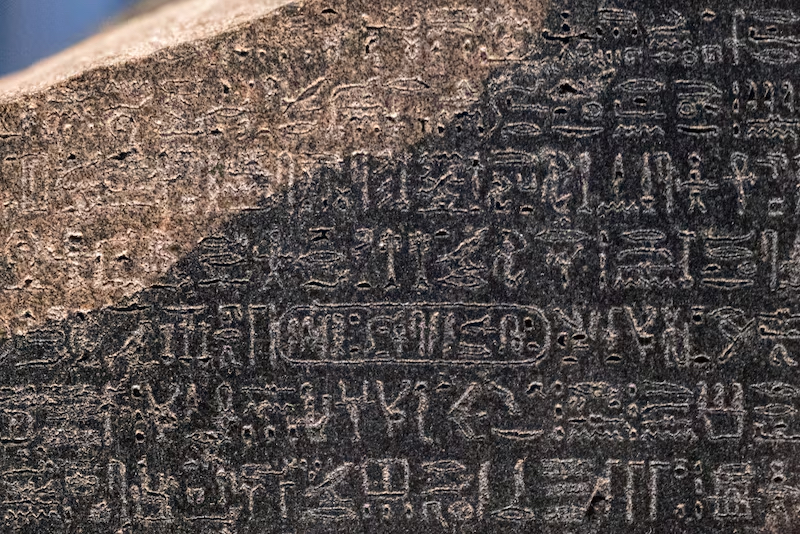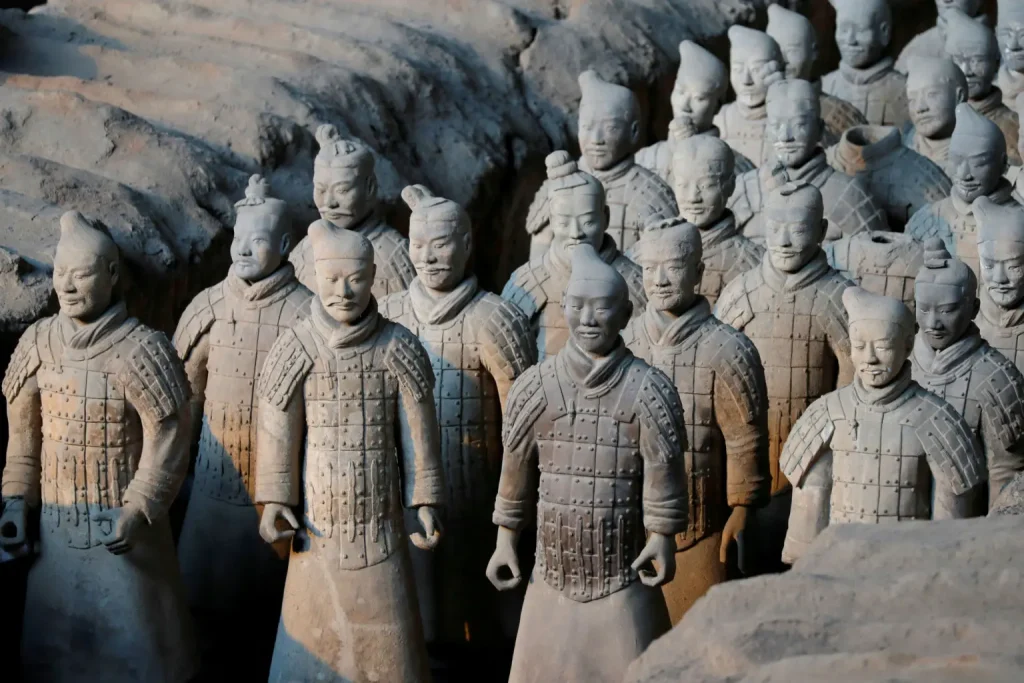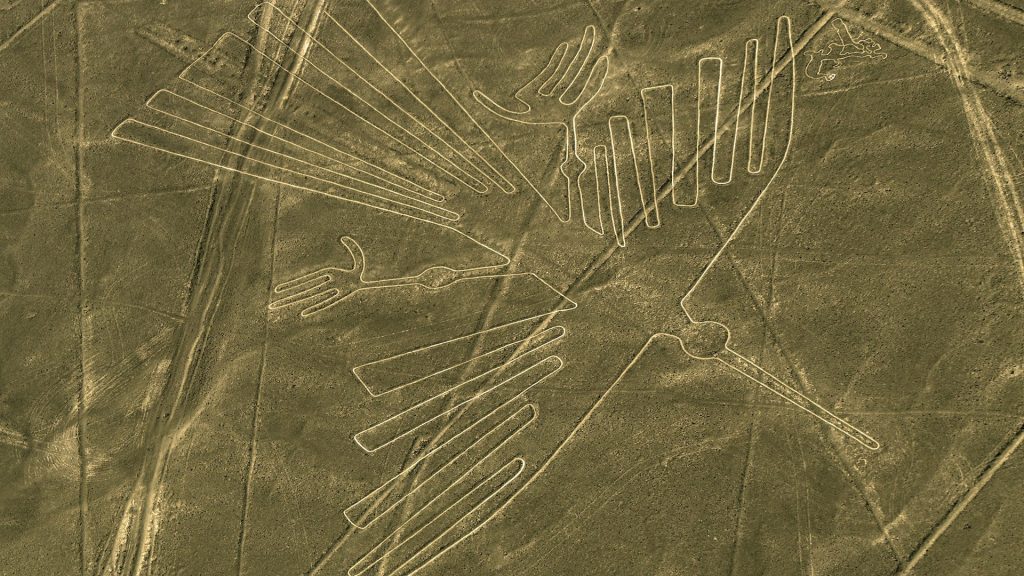With its insights into past civilizations, their cultures, and their lifestyles, archaeology provides a window into human history. Archaeologists find artifacts and structures that hold secrets about the past through painstaking excavation and analysis. This article examines a few of the most important archeological finds that have had a big influence on how we perceive history and culture.

The Rosetta Stone
The Rosetta Stone, discovered by French soldiers during Napoleon’s campaign in Egypt in 1799, is among the most well-known archaeological finds. Greek, Demotic, and Egyptian hieroglyphs are the three scripts used on the stone, which bears an inscription of a decree from 196 BCE. Deciphering Egyptian hieroglyphs, a language that had been incomprehensible for centuries, was made possible by the Greek inscription. Numerous other inscriptions and texts were deciphered as a result of Jean-François Champollion’s successful translation of the hieroglyphs in the 1820s, which paved the way for a better understanding of ancient Egyptian civilization.
The Tomb of Tutankhamun
One of the most important discoveries in Egyptian archaeology was the 1922 discovery of King Tutankhamun’s tomb in the Valley of the Kings by British archaeologist Howard Carter. With its abundance of artifacts and mostly intact condition, the tomb provided a unique window into the life and demise of an ancient Egyptian pharaoh. The renowned golden death mask, chariots, jewelry, and various ceremonial objects were among the treasures discovered. In addition to shedding light on the splendor of Egyptian royal funerals, the discovery rekindled interest in Egyptology.
Pompeii and Herculaneum
Following Mount Vesuvius’ eruption in 79 CE, the ancient cities of Pompeii and Herculaneum were buried beneath volcanic ash and pumice until they were rediscovered in the 18th century. These cities were preserved beneath layers of ash, offering a remarkable moment in time of Roman life. Roman urban life, social structures, and daily activities are depicted in detail by the well-preserved buildings, frescoes, mosaics, and commonplace objects found during excavations. The discoveries have yielded priceless information about Roman art, architecture, and daily life.
The Terracotta Army
Near the tomb of Qin Shi Huang, the first Emperor of China, farmers in Xi’an, China, discovered the Terracotta Army, a massive underground army of life-sized clay soldiers, in 1974. The army is made up of thousands of distinct, intricately detailed soldiers, horses, and chariots. The Qin dynasty’s complex funerary customs and the emperor’s belief in the afterlife were made clear by the discovery, which dates to between 210 and 209 BCE. The artistic and military skill of ancient China is demonstrated by the Terracotta Army.

Machu Picchu
In 1911, American historian Hiram Bingham introduced the world to Machu Picchu, an ancient Incan city in the Peruvian Andes. The site, which was abandoned during the Spanish Conquest in the 16th century, is remarkably well-preserved and provides insight into Incan architecture and urban planning. Machu Picchu is a prime example of the advanced agricultural and engineering techniques of the Inca civilization, with its terraced fields, intricate water management systems, and stone structures. It continues to be one of the world’s most visited and researched archaeological sites.
The Dead Sea Scrolls
Between 1947 and 1956, the Dead Sea Scrolls were found in caves close to the Dead Sea. The Hebrew Bible and other Jewish writings are included in these old manuscripts, which were composed between the third century BCE and the first century CE. The scrolls are essential to comprehending the early Christian beginnings, the Second Temple Judaism period, and the evolution of the Hebrew Bible. The discovery greatly advanced biblical studies and the study of ancient Judaism by giving researchers access to priceless textual and historical data.
The Indus Valley Civilization
In the 1920s, archaeologists excavating the Indus Valley sites of Harappa and Mohenjo-Daro in present-day Pakistan and India uncovered a sophisticated ancient civilization that flourished around 2500-1900 BCE. The Indus Valley Civilization, notable for its well-planned cities, advanced drainage systems, and standardized weights and measures, was one of the world’s earliest urban societies. Artifacts, including seals, pottery, and figurines, offer insights into the social organization, trade, and daily life of this enigmatic civilization.
The Nazca Lines
The 1920s saw the discovery of the Nazca Lines, a set of massive geoglyphs carved into the southern Peruvian desert floor. The Nazca culture is thought to have produced the lines, which show a variety of shapes, including geometric patterns and animals, between 200 BCE and 600 CE. There is ongoing discussion regarding the function of these enormous works of art, with theories ranging from religious or ceremonial significance to astronomical or calendrical purposes. The finding has shed light on the Nazca people’s artistic and potentially astronomical practices.

Conclusion
A window into the past is provided by important archaeological finds, which offer deep understandings of past civilizations, their cultures, and their contributions to human history. Our knowledge of historical societies and their accomplishments has grown as a result of these discoveries, which range from the deciphering of ancient scripts to the unearthing of buried cities and monumental sculptures. Future discoveries will surely continue to shed light on the rich tapestry of human history and our common heritage as long as archaeological techniques and technologies continue to progress.